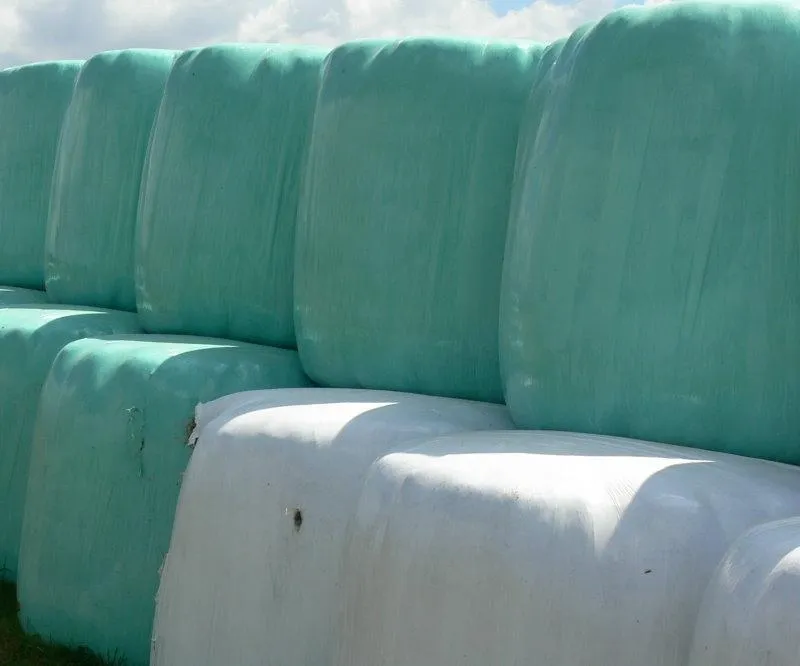
Balage - silage in the bag
Relying solely on pasture year-round is a risky strategy. Even on small blocks, there will be times when pasture growth slows or stops, and having supplementary feed on hand makes all the difference. It's not just about availability in a crisis, it's also about avoiding the unplanned costs that catch many people out. Keeping livestock should at least be cost-neutral, and ideally, they should pay the rates.
Comparing Feed Options
Pasture is the cheapest and best-quality feed you can produce. By contrast, concentrates like grain or meal are expensive when you calculate the cost per kilogram of Dry Matter (DM). But the moment you harvest and store pasture as hay or silage, some nutrient loss is unavoidable.
The Problem with Hay
Hay is the most nutrient-wasteful option. To make decent hay, you need to wait until the pasture shows 15 to 20 percent seed head, which signals maturity. Unfortunately, maturity also means reduced digestibility. Then, sun and wind are used to dehydrate the crop, further reducing its feed value. You may only retain a third of the original nutrients.
Where spring pasture might be 70 percent digestible, medium-quality hay can drop to 45 percent. That means more than half of the DM passes through the animal without being absorbed, providing little value for growth, production, or maintenance.
Animals usually enjoy hay, unless it's mouldy or dusty, but remember that palatability doesn’t always mean high feeding value.
Why Silage is a Better Option
Silage is pickled grass, created when natural bacteria ferment the sugars in the plant under anaerobic conditions. The result is a sweet-smelling olive-green feed that animals find highly palatable and nutritious. To do it right, you need to exclude all air, using plastic and weight to seal the pit or clamp.
If oxygen gets in or if the fermentation process is too slow or too cool, the result is butyric silage, which is brown, smelly, and mostly inedible. That kind of mistake wastes a lot of time and money, so it pays to get it right.
Balage is Ideal for Small Blocks
Balage (bagged silage) has solved many of the old problems associated with making silage on a small scale. Wrapped in plastic and sealed tight by the baler, it requires no further consolidation. Done well, balage has high feed value and low spoilage, and it’s available in a range of bale sizes to suit different setups.
Large balage bales weigh 900 kg to a tonne. Unless you have a forklift or feed-out trailer, you’ll need the contractor to place them where you intend to feed out. Never try to move them without the right equipment. These bales can kill.
If you're letting stock self-feed from a bale, prevent them from chewing the plastic. Swallowed plastic can cause serious injury or death. Always patch holes or tears in the wrap immediately to avoid mould.
Making Good Balage
Wait until about 15 percent of the pasture is in seed head
Cut in the afternoon when sugar content is high
Wilt for about 12 hours before baling
Bale and wrap as quickly as possible
Check bales for damage and repair promptly
Some contractors now offer small balage bales, roughly the size of a conventional hay bale. These are much easier to handle and ideal for small blocks without heavy machinery.
Disposal and Practicalities
Balage wrap disposal remains a challenge. Burning is not an option and most councils require it to go to approved landfills. Check your local requirements and consider storing wrap until you can dispose of it responsibly.
To get the most out of any preserved feed system, plan early and keep a close eye on your pasture surplus. Our Managing Pasture ebook includes practical strategies for matching pasture growth to animal demand and conserving feed when you have it.

